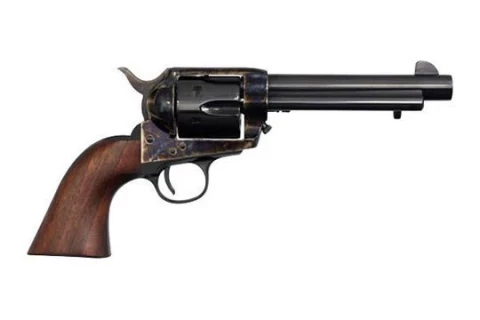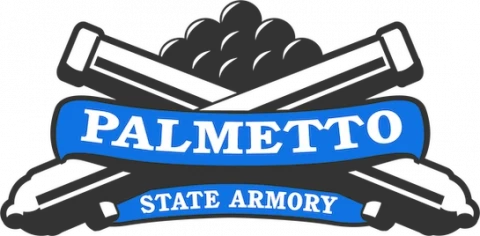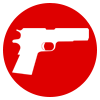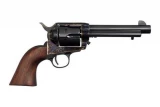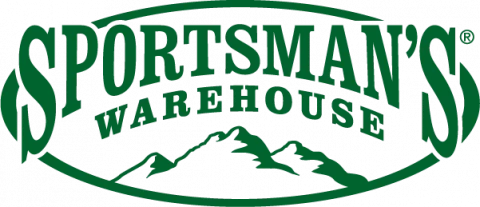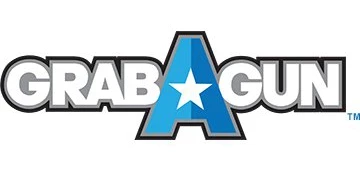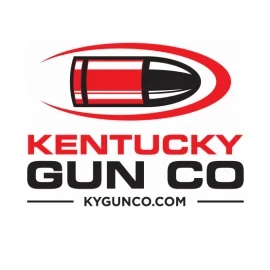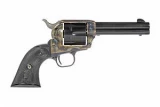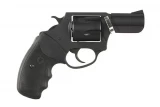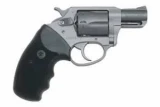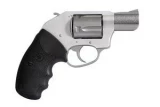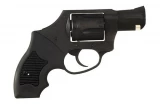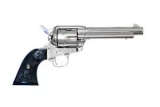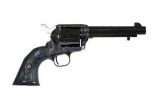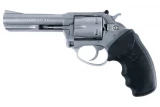About Cimarron U.S.V Artillery
U.S.V. Model. The Indian Wars are over and the 1873 U.S. Cavalry Models are in a state of disrepair. They are returned to the factory or to Springfield arsenal to be refurbished. There, the barrels are changed from 7 1/2 to 5 1/2 and working parts replaced. They are inspected by Rinaldo A. Carr and returned to service. Many of these firearms see action in the Spanish American War of 1898. Most are issued to artillery batteries and are known as the Artillery Model. In 1898 the first U.S. Volunteer Cavalry is formed under the command of Theodore Roosevelt. This group of gallant young cowboys from all parts of the American West, are recruited in a San Antonio bar and trained at Camp Wood, Texas. They would carry more than 100 of these Artillery models bravely in the charge up San Juan Hill. These historic American cowboys will be known forever as the Roughriders.
Cimarron U.S.V Artillery For Sale
Cimarron U.S.V Artillery Comparisons
Cimarron U.S.V Artillery Reviews
Hugh L
December 20, 2018Hugh L on
This is a very nice single action revolver, very smooth action. No regrets or issues at all!!
Phillip F
June 15, 2017I love the looks of the gun but it has a major flaw... When loaded the rounds will hang up on the frame of the gun causing them to drag and at times even to the poing of preventing you from being able to pull back on the hammer. I have seen online that ot
David P
February 22, 2014I originally ordered a copy of the Cav. model. I wanted a Uberti built gun, but what I got was a Pietta. Already owning a Pietta, I wasn't a fan of the color case hardening. I sent the Pietta back (and as usually Buds took care of me), but Buds didn't hav
Cimarron U.S.V Artillery Variations
Similar Products
Cimarron U.S.V Artillery Questions and Answers
No Questions Yet.

